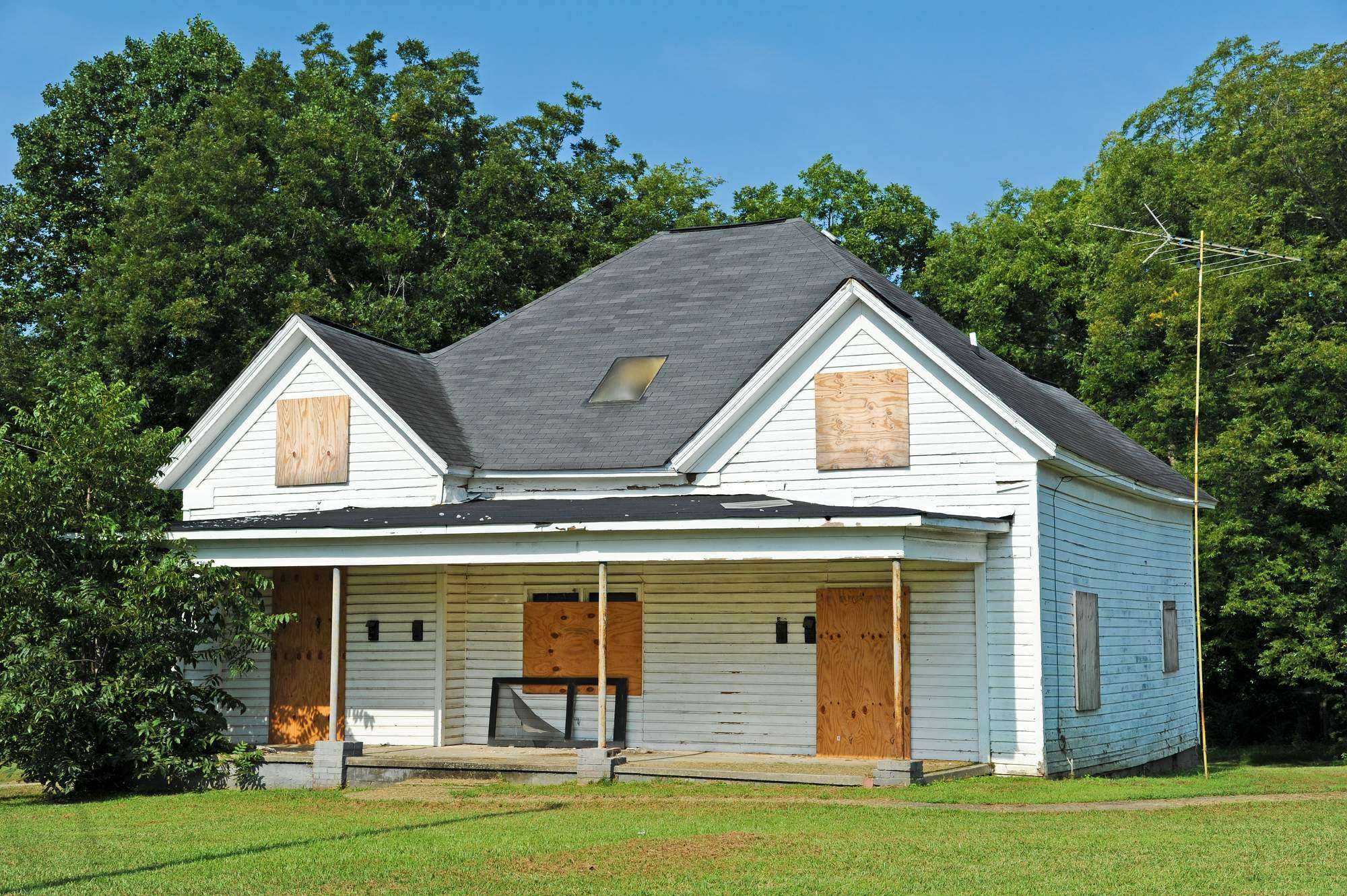on
BY JAY BRIJPAUL
Buying, renovating and selling properties is risky and rewarding. Most buyers prefer to pay premium for a spruced-up property. They can move into an updated home without worrying about renovation costs, dealing with contractors and disruption of their lifestyles. This trend triggers a demand for homes that are modernized.
The first thing is to arrange financing. An investor would need about $300,000 working capital for the project. This can be done by establishing a home equity line of credit. Partnerships and joint ventures are better, especially in the first few flips. This way, everyone can pool their money, talent and sweat equally and share in the adventure. It’s best to buy smaller homes at cheaper prices than large properties with high renovation and carrying costs.
Look for properties in good neighbourhoods. The cost of installing a new washroom for example, in two locations, would be about the same in labor and materials. The difference is that the home in the better area would sell for more. Areas with soaring population growth and high-income earners are good. Research what properties are selling for in what section. Building a loyal team of professionals including realtors, lawyers, contractors and mortgage brokers is beneficial.
Now it’s time to actively search for a home. Realtors can assist by setting up a “prospect match” in the respective area. A prospect match is a program that tracks any real estate activity in the zone and emails the results once every day. In addition to that, knock on doors, especially the homes that are rundown. I recall a friend who knocked on a door and found out that the utilities were turned off and the owner was about to go bankrupt. He was happy to get the home off his hands and saved on realtor fees. Flipper Ram does not like to knock on doors, but he met the local postman in the neighbourhood and worked out a deal. The postman, when delivering letters, asked if the owners wanted to sell, he knew someone who wanted to buy. Ram flipped six homes and made over half a million dollars in profit that year. The postman was well rewarded. Always be on the hunt for good deals. Never rush the process but when it comes, like a cat, pounce!
Before purchasing, work the numbers. Roger bought a home in Toronto for $700,000. The list of expenses were as follows: Land transfer tax for a second time buyer $21,000; closing costs such as appraisal fee, lawyer and disbursement $4,000; construction costs $60,000; interest payments for 4 months $10,000; utilities, taxes and insurance for four months-$5,000. A spruced-up property will sell for around $900,000. Closing costs, including realtor fees $40,000. The net profit for the project was $60,000. In the scenario, the down payment was $140,000. Savvy Flippers would have a template for calculations.
When flipping, take an open mortgage to avoid penalties. The down payment should be 20% or more to avoid paying insurance premiums. Always budget about 20% extra for renovation costs because in construction, we meet nasty surprises. It is better to hire a general contractor who can take care of all the work. I remember when different tradesmen were hired. The electrician made holes in the ceiling and the person who plastered wanted more money. Many flippers are knowledgeable in the trade and do some of the work themselves.
Inspect the property before purchasing. Repairs such as roof, windows, leaky basements and electrical can be expensive. Negotiate accordingly. Licensed trade persons are recommended and should have proof of adequate insurance coverage for accidents. I prefer to buy my own materials and use a contractor for labor. Most contractors would source the cheapest materials to enhance their profits. Contractors, on the other hand, know suppliers and can get discounted prices. If the contractor is supplying all the materials, ask to see samples before committing. Some flippers would work out a partnership agreement with the contractor where one partner would invest capital and the contractor the material and labor. They both split the profit.
Follow the market trend. For example, the winter months are a good time to sell because there are fewer homes available. If you are lucky to find a buyer, then that’s a jackpot. A “coming soon” sign will arouse curiosity and attract buyers. Selling via owner usually attracts bargain hunters whose intention is to save the same commission a seller hopes to save. It’s like selling a home in a garage sale verses a department store. A home that is modernized, properly staged and marketed should fetch a premium price.
Roger made $60,000 in profit from his flip but that is subject to capital gains. If Roger plans on flipping a few homes for the year, CRA may consider that as business income and Roger would have to pay more taxes. With a down payment of $140,000, Roger’s mortgage would be $540,000. If the value of the property is $900,000, then, Roger could have increased the mortgage and kept the home as a rental property.
Stay in the loop with exclusive news, stories, and insights—delivered straight to your inbox. No fluff, just real content that matters. Sign up today!
Surfing the waves in real estate
The raging housing pandemic
Jay Brijpaul is a 29 year Toronto Real Estate veteran and one of Canada’s top Real Estate Brokers. He has been involved in over 3000 Real Estate sales representing both buyers and sellers. His team, The Brij Team, is consistently among the top RE/MAX residential teams in Canada and around the world. Since 1994, Jay became a member of the Fellows of Real Estate Institute of Canada (FRI), giving him an additional 5 years of Real Estate training beyond what virtually all Real Estate agents have.












